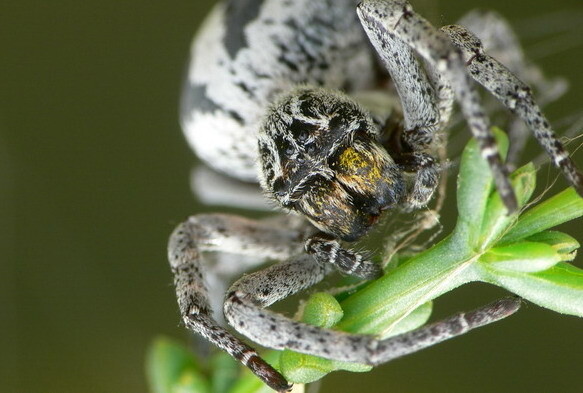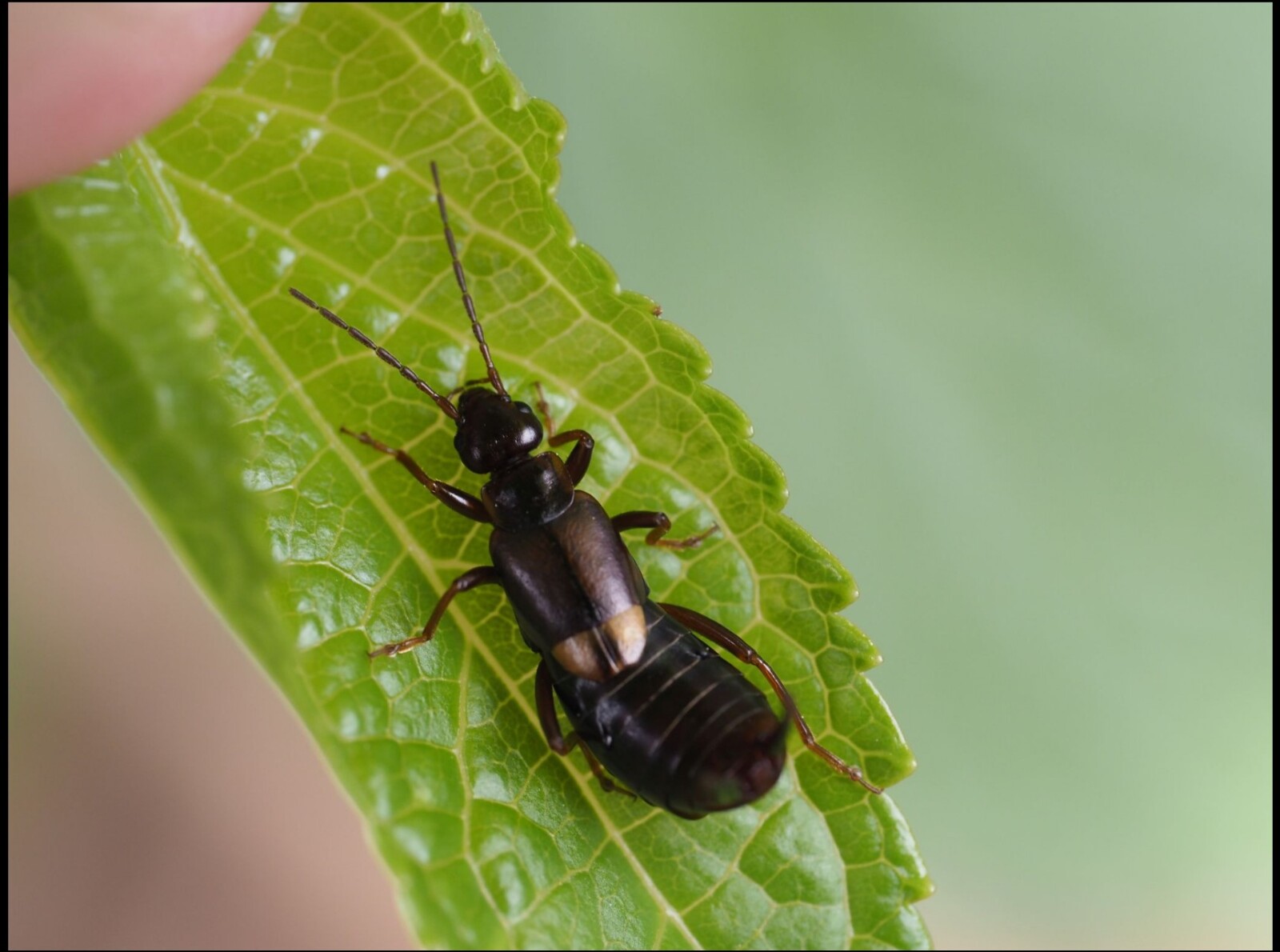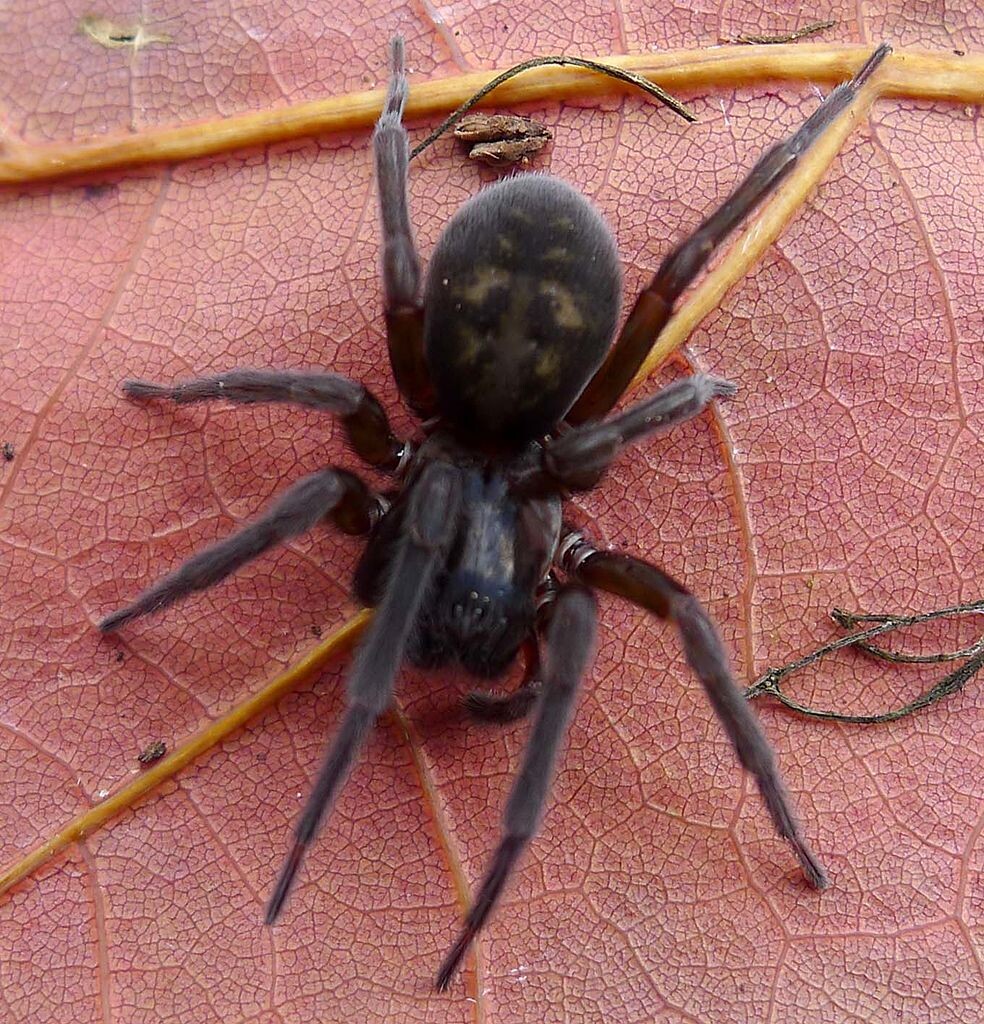Common decency tells us to respect our elders, especially the ones that specifically birthed or adopted us. After all, we’re about to completely decimate their stores of both free time and currency, so the least we could do is not call them an old hag when they refuse to buy us enough Fortnite V-Bucks to be Goku online.
It turns out, though, that even the most beleaguered Target parent staring into the middle distance has it better than some parents in the animal kingdom. Specifically among arachnids, who cannot seem to produce positive press for the life of them, there’s repeated instances of matriphagy — as in, eating their mother.
Now, could eating your mother be seen itself as a form of respect? That’s a debate we’ll leave to some soon-banned subreddit, and merely document a few species that have made this less-than-pleasant survival choice.
Black Lace-Weaver Spiders
When the young spiderlings of the black lace-weaver spider, or Amaurobius ferox, are born, they’re obviously hungry, as babies tend to be. At first, this hunger is served with a strategy that’s definitely gross, but only borne from a mid-level nightmare — their mother feeds them “trophic eggs,” which are unfertilized eggs meant to serve as food. Definitely a little off-putting, but nothing we haven’t come to terms with every time we eat a bacon-egg-and-cheese.
It’s three to four days later that we enter the real uh-oh zone. If you didn’t know what was about to happen, you’d simply observe the mother jumping and drumming on the web. Given that you probably don’t speak spider, you wouldn’t know the meaning behind this message: She’s signaling to her new brood that she’s ready to become their buffet. The darkest sort of dinner bell rung, the children swarm and eat the mother. By all accounts, this self-sacrifice does make the young much stronger, to which I say: I sure hope so!
Crab Spiders

Australian crab spiders known as Australomisidia ergandros have also come up with this interesting approach to parenting. Though there are some similarities to the black lace-weaver, there are also some key differences. For starters, these spiders are only able to lay one clutch of eggs, which does raise the stakes enough that you can understand why the mother’s willing to make sure her kids make it by any means necessary. But more importantly, mama Australian crab spiders are incapable of getting trophic eggs out of their body. And so, their next of kin has no choice but to tear into their mothers-turned-spider-scotch-egg.
Desert Spiders

Like some birds do, the mothers of a species of desert spider known as Stegodyphus lineatus regurgitate digested food for their babies to feed on. Should it stop there, it wouldn’t be notably more disgusting than we’re used to in any nature show. It’s when her stores of food run dry that things get nasty. As she starts to empty her reserves, she begins to liquefy the entirety of her innards, producing a backup snack out of her internal organs. After about two weeks, inner-dinner is ready. The spider-children suck the husk of their late mother dry, leaving only an exoskeleton where mommy used to be.
African Social Spiders
The Stegodyphus dumicola is better known as the “African social spider.” Not exactly a fitting name considering the following bit of highly anti-social behavior. In process, it’s very similar to the previous entry, with the mothers producing a nutritious little form of spider formula made from their insides, leading to death. The social spider does add a fun little twist to the mix, however, as this duty falls even to immediate family members. That means sisters and cousins have a chance to end up as a jar of spider Gerber as well, a responsibility that makes babysitting seem like a real breeze.
Earwigs

Anechura harmandi (Burr, 1904) observed in Japan by takuya_iwasawa1
There are a few cases of matriphagy outside of arachnids, including in a specific species of earwigs — the hump earwig, or Anechura harmandi. But the hump earwig does away with all the complications, preferring the straightforward simplicity of chowing down on mom like the main course at the world’s weirdest first birthday party.

